
Florida is often called the “Australia of the United States” due to its unique wildlife, ecosystems, and culture. After living in Florida for 6 years, I definitely got to experience some of the incredible wildlife that you cannot see anywhere else in the country. Here is some of the beautiful wildlife of Florida and where you can find them throughout the state.
Mangrove Wildlife in Florida
Mangroves are truly a unique ecosystem! The shrubs and trees that make up mangroves grow in brackish or salt water, absorb fresh water through their roots, then secrete the excess salt through their leaves or block salt absorption altogether in their roots. Florida has an estimated 600,000 acres of mangrove forests along its coastline and they are immensely important to the health of the local ecosystems by protecting coastline from storms and erosion, filtering water, and provide protected nursery areas for fish.
Florida Manatee (West Indian Manatee)

One of the most famous animals in Florida, the Florida manatee is probably the gentlest animal you will ever meet. These large herbivores can range all the way up to Massachusetts and over to Texas but need warm waters to survive. Because of this, many Florida manatees congregate near the state’s mangroves and in the freshwater rivers in the winter, so this is the best time to see them! Crystal River State Park may be the best place to spot and kayak with manatees!
Flamingo

a wild flamingo I spotted
It’s unknown by scientists if flamingos in Florida escaped or were released from captivity, or if they were simply nearly wiped out by hunters in the early 1800s and are truly a native species. Either way, the image of these bright pink birds are all over Florida from lottery tickets to mailboxes. Florida flamingos can be found wading in the mangroves and the Everglades.
Roseate Spoonbill

Another stunning pink bird, the Roseate Spoonbill is typically found in Central and South America, Florida, and occasionally as far north as South Carolina. Like Flamingos, Roseate Spoonbills spend most of their time wading in shallow waters and sifting through sediment with their beaks to find food. Because of this, they can typically be found in the mangroves and shallow waters around Florida.
Florida Sandhill Crane

A Sandhill Crane, spotted just off of the main road from my vehicle in Sarasota, Florida
A personal favorite wildlife of Florida! While sandhill cranes themselves are not rare, they were practically wiped out in the 20th century east of the Mississippi River due to hunting and habitat degradation, including the Florida Sandhill Crane. However, efforts have increased their numbers in Florida although they are still listed as a “threatened” species. Unlike other sandhill cranes, the Florida subspecies is non-migratory and choose Florida as their home year-round. These birds are found all over the state including mangroves, forests, and even urban areas. You’ll quickly probably hear their loud calls before seeing them!
Forest Wildlife in Florida
When you think of Florida, forested areas are probably not what come into mind. However, Florida has 35 state forests covering more than 1 million acres of land. You’ll mostly run into forested areas, and their wildlife, in Central and Northern Florida.
Florida Black Bear

Yes! Florida has bears! The Florida black bear is a subspecies of the American black bear found in the more northern states. Black bears are shy and reclusive, choosing to stick to the thickest area of Florida forests. However, they are facing habitat loss and are being seen more often. They can be difficult to spot due to their reclusive and solitary nature but can be found in forested areas all over the state, including tropical forests in South Florida and the Keys!
Armadillo

Another personal favorite of mine, the nine-banded armadillo can be found all over forested and urban areas of Florida. While they are a fairly common species of wildlife in Florida, they are much more interesting than people give them credit for. The nine-banded armadillo always gives birth to identical quadruplets by producing one egg that splits into four identical offspring. When they need to cross a body of water, they choose to walk along the bottom instead of swimming, unless the body of water is particularly wide. In that case, they will inflate their stomachs to twice their normal size with air to become buoyant enough to cross. How cool is that???
Bobcat

Florida is home to two wild cats: the bobcat and the Florida panther. The bobcat is much more common and easier to spot, sometimes even in your backyard! The bobcat is found all over the United States and in some parts of Canada and Mexico. Although it is often hunted for its fur and for sport, the species is doing very well as a whole.
Butterflies

A gorgeous pink and black butterfly at the Florida Museum of Natural History
Florida is home to almost 200 species of butterflies, either year-round or as a migratory stop. They range in all different colors and sizes, depending on the area but typically can be found in forests where there is plenty of tree coverage from predators and anywhere you can find wildflowers. The Florida Museum of Natural History in Gainsville has a huge breeding and release program for many butterfly species in the state. They even have a live cam of their butterfly gardens and chrysalis lab.
Boar

Most tourists out-of-state are frightened of gators, but I was always most wary of the wild boar in Florida. They can reach 5 to 6 feet long 1.5-2m) and weigh over 150 pounds (68kg) with massive tusks they use for foraging and defense. It’s always really cool to see them foraging in the wild, but keep your distance! I have personally treated too many dogs in veterinary emergency rooms that have gotten too close to a territorial boar. Although, their piglets are very cute! The wild boar in Florida are not a native species, but have existed since the Spanish brought them over hundreds of years ago.
Anoles

This is a Florida wildlife species you won’t miss. Although there are 11 different species of anole in Florida, you will most likely see only a couple of species. However, you will see them EVERYWHERE! Anoles are small, sometimes brightly colored lizards that are found on nearly every surface and every environment in Florida. Males have colorful dewlaps they show off during mating season. You may even see them doing “pushups” if you or another male anole is getting too close to its territory.

Swamp Wildlife in Florida
Snakes

A black racer – one of my favorite native snakes in Florida
Florida has one of the highest biodiversity ranges of snakes in the United States with 46 native species and a few non-native. Only 6 of these species are venomous, but all will leave you alone as long as you leave them alone. Some of the more common species are:
Black Racer
My personal favorite, black racers are long and slender with a dark black color. Black racers prefer dry habitats such as forests or scrublands but can sometimes be found in residential areas. In fact, we had a black racer living in our backyard! They are completely harmless and often flee before you get a good look at them.
Water Snakes
There are a few species of water snakes in Florida, all of them harmless. As their name suggests, they are mostly aquatic and can be found in and near rivers, lakes, and marshes.
Eastern Diamondback
The eastern diamondback is not to be messed with. It is the largest rattlesnake in the US and one of the heaviest venomous snakes as well. So of course it’s fairly common in Florida! The diamondback won’t strike unprovoked and is usually found in forested areas as they do not like to be around people. If you come across one, admire it from afar and give it a wide berth.
Garter Snakes
Garter snakes are beautiful! These non-venomous snakes are dark with bright stripes down their backs, often green, yellow, or blue. They are often found in forests and suburban areas and are even kept as pets.
Rat Snakes
Rat snakes are great climbers and can sometimes be found inside homes. However, they are completely harmless and are often great to have outside around your home to keep away pesky rodents. They have a distinct black and white checkered belly.
Ringneck Snake
The ringneck snake is by far the cutest snake on this list. They are extremely small with adults measuring at less than 18 inches (45 cm). They are non-venomous and very colorful with a yellow ring around their neck and a bright red and yellow belly.
Burmese Python
Ok, this one isn’t super common, but I had to include it. The Burmese python has been causing a lot of problems in the Florida Everglades as an invasive species with no natural predators. In fact, the state of Florida has a Python Elimination Act where people sign up to hunt and/or relocate these massive snakes. They can measure more than 16 feet (5m), making them the largest snake in the world. They are non-venomous, but can easily kill an adult human by constriction, though this is not common. Luckily, Burmese pythons are almost never found in residential areas and you will most likely not see one unless you are trekking through the Everglades.
American Alligator

An American Alligator sunbathing near a hiking trail at Myakka River State Park
The most famous species of wildlife in Florida! The American alligator can be found virtually everywhere there is fresh water in Florida including swamps, lakes, pools, and even…Disney World. Alligators are an apex predator and are crucial to their environment by creating alligator holes that other species use as nesting sites. It is the state reptile of Florida, Louisiana, and Mississippi. While many people are nervous around alligators, once you see them in the wild you realize how docile they truly are. Unless you are in the water pestering a gator or its babies, it will (usually) completely ignore you. However, always stay a good distance away just in case!
*Note: It is highly illegal to feed wild alligators in Florida because this can make them more aggressive towards people. If you see someone feeding an alligator, or if an alligator is following you, report it IMMEDIATELY!
American Crocodile

Not to be confused with the American alligator, the American crocodile is typically a little larger and more docile than the American alligator. It is usually found in salt water instead of freshwater, and sticks to the Everglades and the southernmost part of the state. There have been no reported cases of fatal crocodile attacks in Florida, but please respect their space.
Florida Panther

The Florida panther, a subspecies of the North American cougar, lives in tropical forests in South Florida. It is the only cougar that lives in the Eastern part of the United States and is endangered. In the past, their biggest threat was from hunting. However, population fragmentation is a huge concern now as it is separating different groups, causing more inbreeding and genetic problems. Like housecats, the Florida panther lacks the ability to roar and instead vocalizes through hisses, purrs, chirps, and other sounds. It is rare to see a panther in the wild. If you do, lucky you! However, never run from a panther, or any large cat, as this can trigger their predator-prey response. Instead, make direct eye contact and freeze until it decides to walk away. Florida panthers are highly non-confrontational and there has never been a reported attack in Florida.
Coastal Wildlife in Florida
When you picture Florida, you probably imagine beaches and the ocean. Florida’s coastlines are full of wonderful wildlife that are both there year-round and as a migratory stop throughout the year.
Sea Turtles

a loggerhead sea turtle: the most common sea turtle in Florida
Florida is home to 5 species of sea turtles; the hawksbill, leatherback, Kemp’s ridley, loggerhead, and green sea turtles all nest in different parts of Florida. The loggerhead is the most common in Florida, while the green sea turtle is what you probably picture in your head when you hear “sea turtle”. You are not likely to see the Kemp’s ridley turtle as it is the most critically endangered of the bunch, and hawksbill turtles rarely nest in Florida, although it does happen.
There are also multiple other species of turtle and tortoise around Florida that are not sea turtles including snapping turtles and box turtles!
Sharks

a lemon shark: one of Florida’s common species
There are 15 species of shark in the oceans surrounding Florida, some more common than others. Florida does see the most shark bites out of anywhere else in the world due to the high numbers of sharks and number of tourists on Florida beaches. However, both the risk of being bitten by a shark and dying from a shark bite remain very low, even in Florida. To see a full list of Florida sharks and when/where to spot them, check out this awesome article!
Dolphins

The Atlantic spotted dolphin gains more spots as it grows older
Three species of dolphin call the Florida coast their home: the common, bottlenose, and Atlantic spotted dolphins. All three species can be found around Florida year-round.
The bottlenose dolphin is by far the most commonly spotted in Florida due to their playful nature and hunting range in shallower waters. Common dolphins prefer deeper waters and can be spotted frequently by deep-sea fishermen trying to steal their catch. Atlantic spotted dolphins often intermingle with bottlenose dolphins and can be spotted by their, well, spots!
*Note: It is extremely dangerous to swim with or feed wild dolphins. To learn more about the laws and etiquette surrounding wild dolphins in Florida, check out this article or this podcast episode.
Fish

While beautiful, the lionfish is also extremely deadly
While the above listed sharks are a type of fish, I thought I would include some other notable species of fish around Florida’s coastline! There are hundreds of species of fish in Florida, which you can see here. However, some of my favorite species include the lionfish, stingrays, eels, and the blue surgeonfish.
Key Deer

A subspecies of the common white-tailed-deer (also found in Florida), the key deer is an endangered deer that only lives in the Florida Keys. It is the smallest species of American deer, standing at only about 30 in (76cm) at the shoulder. Key deer are a great example of a biological phenomenon called “island tameness” and are notoriously unafraid of humans. They can easily swim island to island in the keys.
While this list barely scratches the surface of the incredible wildlife of Florida, it’s a start! If you are planning a trip to see some wildlife in Florida, I highly recommend visiting Myakka River State Park in Sarasota, Everglades National Park, and the Florida Keys to get a taste of all of Florida’s unique ecosystems.
Like this article? Pin it!



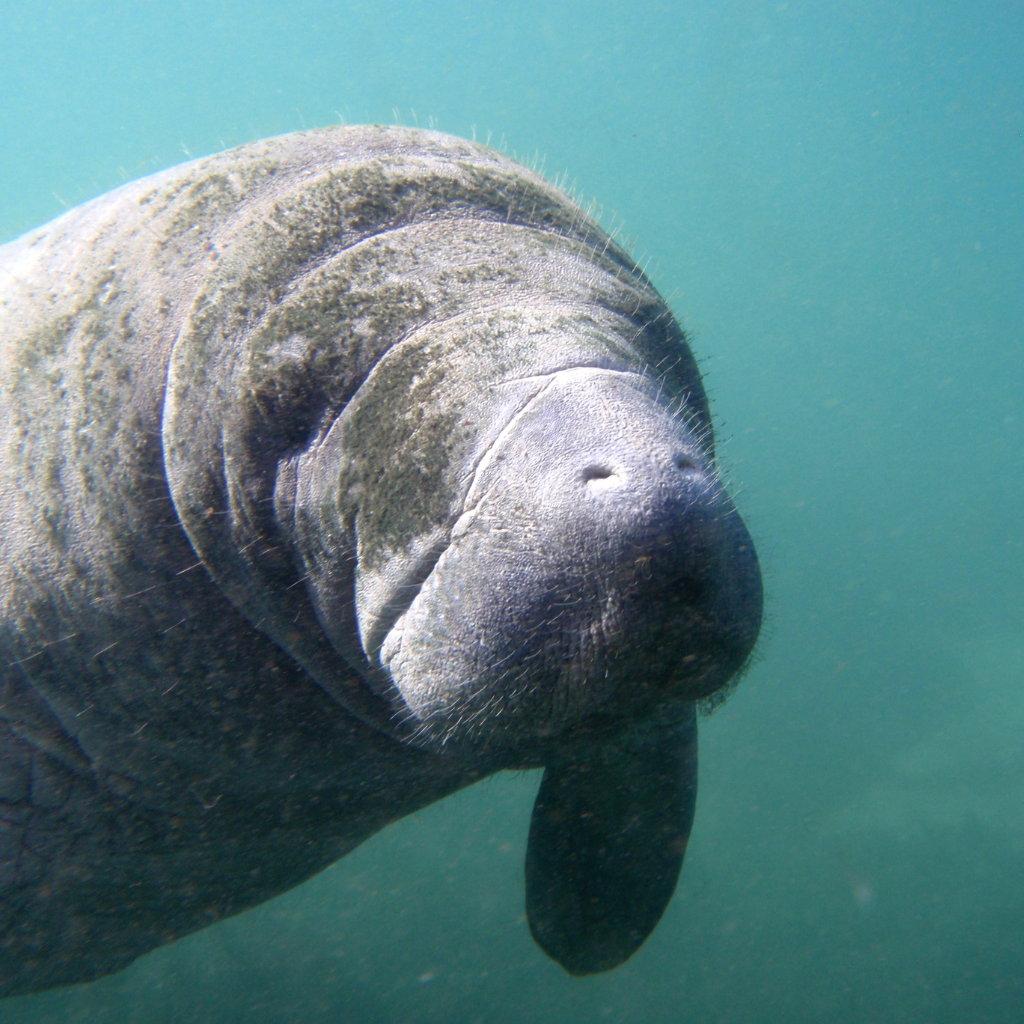



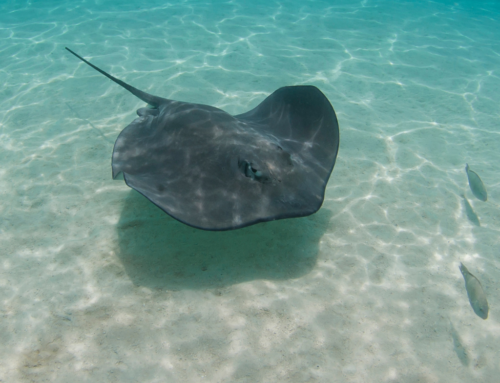
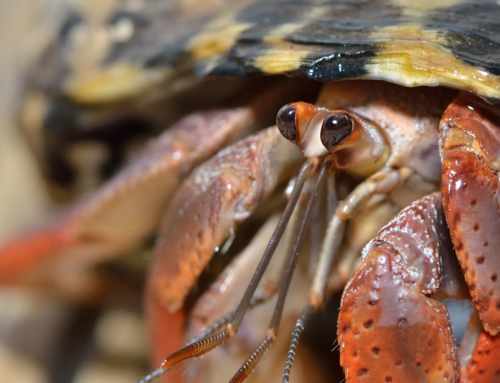
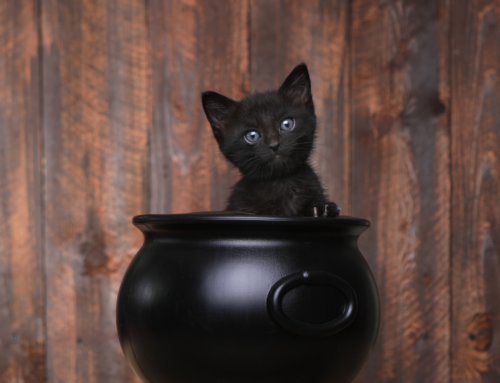
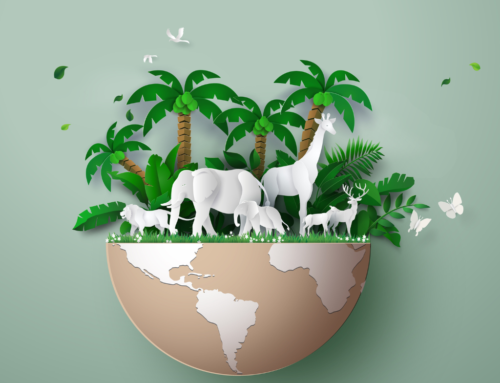


Leave a Reply